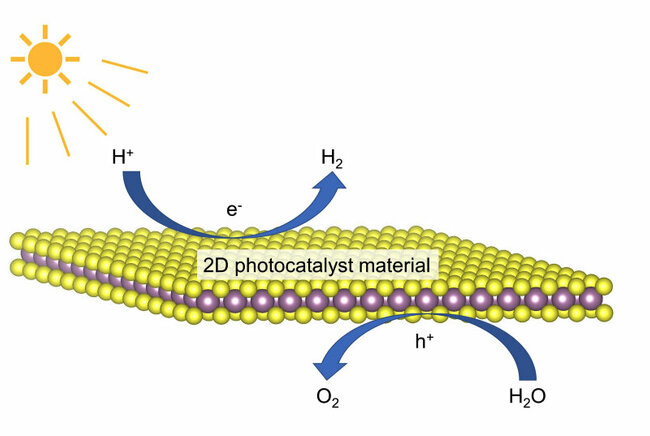Data-driven discovery of 2D materials as photocatalysts for water splitting
Yatong Wang defended his PhD thesis at the Department of Applied Physics and Science Education on July 1st.

Green hydrogen that is produced sustainably presents a promising clean energy alternative to traditional fossil fuels, especially as the shift towards renewable energy accelerates. In this context, solar water splitting for H2 production has gained significant interest in recent years. However, the efficiency of this method is substantially impeded by the performance of photocatalysts. In his PhD thesis, Yatong Wang adopted a data-driven strategy to effectively identify two-dimensional materials as potential photocatalysts for solar water splitting.
Two-dimensional (2D) materials are emerging as potential photocatalysts due to their effective sunlight absorption, large specific surface area, and abundant active sites.
Yet, the discovery of 2D materials that fulfill the essential photocatalyst criteria remains challenging. With significant growth in computing power and available computational data, the field of material discovery has evolved into a data-driven era, characterized by big data and advanced machine-learning (ML) algorithms.
Utilizing ML-predicted properties, one can conduct an application-focused preliminary screening of a wide range of materials, followed by more precise computations, such as density functional theory (DFT), to further investigate the selected materials.
For his PhD research, Yatong Wang used a data-driven approach to identify new two-dimensional materials that could be used as photocatalysts for solar water splitting.
Title of PhD thesis: Data-driven discovery of 2D materials as photocatalysts for water splitting. Supervisors: Geert Brooks, Richard van de Sanden, and S. Es.